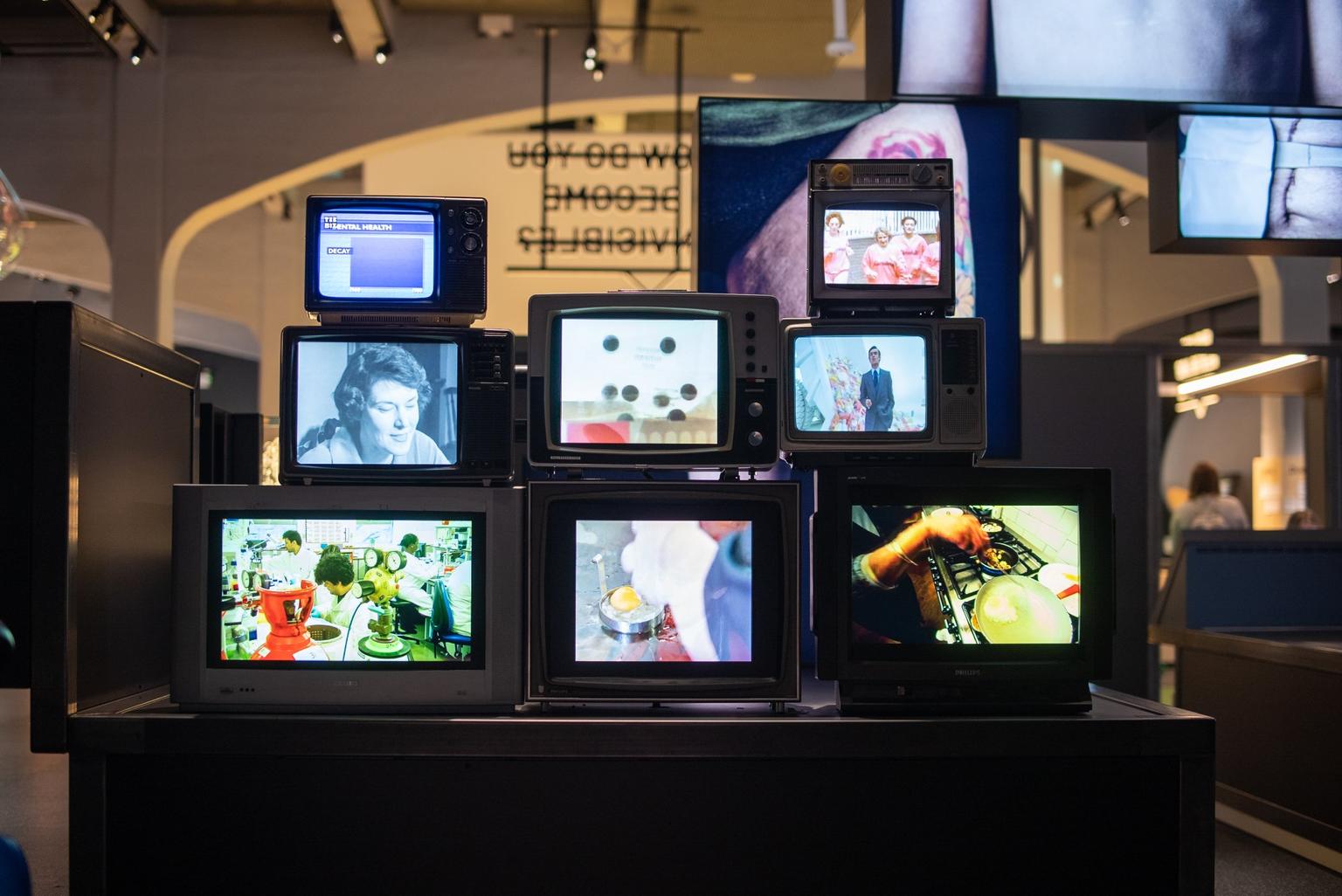Pleasure, Connection, Purpose: How museums can leverage emotions to build greater public support

Art Fund's Policy manager, Lucy Bird, shares findings of new research that looks at how museums can leverage the power of emotion to build greater public support.
Art Fund always works to ensure as many people as possible can access and enjoy museums and galleries across the UK. We believe that art can make you see, think, and feel differently. Museums are not only holders of histories and stories; they are also repositories of a whole range of emotions which are elicited in us when we encounter collections and exhibitions. Many of us did not realise the full extent of the role that museums can play in our emotional wellbeing until the pandemic cut off our access to so many of the places and spaces we had perhaps previously taken for granted.
Acutely aware of this loss, and curious about the variety of individuals’ experiences, we began to explore how we could learn more about what people feel when they are engaging with museums. As Art Fund raises money to help museums engage more people with art, we were particularly interested to find out which emotions drive public support for museums, why certain emotions are more powerful than others, and how museums might engage people’s hearts, as well as their minds.
Co-commissioned with the Association of Independent Museums (AIM), this new area of research undertaken by behavioural research and insights consultancy M.E.L explores how museums can leverage the power of emotions to build greater public support across short-term campaigning and long-term museum work.
Creating emotionally resonant campaigns
2023 continues to be an enormously challenging time for museums across the devolved nations. Many museums are experiencing rising operation costs and budget cuts, just as they endeavour to recover their pre-pandemic visitor numbers and income. AIM’s recent impacts survey found 40% of surveyed organisations are planning to scale down activity, and over a third are struggling to increase income given economic pressures.
Mounting emotionally resonant and responsive campaigns is often necessary in the face of such unpredictable challenges. There are numerous examples of passionate people across the UK supporting campaigns to ‘save’ their local museums. And at Art Fund our free crowdfunding platform Art Happens has seen over £1 million raised for 55 museum projects through the power of museums and audiences working together.
For those developing campaigns, the report’s case studies and guidance look at how campaigns are mounted: how people are mobilised, what motivates those involved, and what narratives or strategies resonate most effectively. The research concludes that museums can spark feelings of pleasure, purpose and connection in their visitors, communities, and the wider general public. It found campaigns which play upon pleasurable emotions are the easiest to execute but can result in fleeting support, campaigns that inspire connection induce a greater response from a wider cross-section of the public, and campaigns evoking purpose are the most powerful but the most difficult to build.
The report goes on to identify nine key emotional drivers which are the building blocks of creating pleasure, connection, and purpose: pride, hope, fulfilment, belonging, nostalgia, ownership, curiosity, excitement, and awe. Museums are given tips on identifying how they currently resonate on an emotional level with audiences, and then guided through quick wins on how to elicit the emotions most relevant to them. The ability to articulate the pertinence of an emotion, and how to foster it, provides an exciting opportunity to build tailored campaigns which successfully connect museums and galleries with their specific audiences.
Building long-term emotional connection
Throughout the winter, museums have continued to provide an important lifeline to their communities. Not only have many opened their doors as ‘warm spaces’ to support those at risk, but they remain essential in supporting civic pride, economic growth, learning, and health and wellbeing. To ensure the continuation and expansion of these positive impacts, an understanding of how museums can leverage emotions to build ongoing support should help museums, funders, and sector support organisations make a more compelling case to the public and policymakers.
Of the nine key emotions cited in the report, the feeling of ownership stood out when reflecting on possible implications for influencing policy. Several museum professionals interviewed for the research spoke about “tick box” approaches to community engagement, which limit feelings of ownership due to the public only being consulted during short-term funding programmes. The report recommends fostering a long-term feeling of ownership, by organisations maintaining a sustained dialogue with the needs of their communities, and by telling the stories of current audiences through contemporary collecting.
As we continue to navigate large swings from crisis to crisis, and policy to policy, it is useful to be reminded of the importance of creating and sustaining a feeling of community ownership, both in programmes and in collections. To support this, a strategic approach to government funding, which enables museums, galleries, and communities to have ownership over their future planning beyond the pandemic and cost-of-living crisis, could make all the difference.
Local Authorities across the UK, aided by their democratic legitimacy, understanding of local communities and services, and ability to broker partnerships in a place, are well positioned to help here too, by working closely with museums to foster these feelings of ownership. While emotional responses to collections and exhibitions are bound to be varied and nuanced, an understanding of how to translate these feelings into people-powered support for the sector could enable community-centred campaigning and advocacy which is both responsive and enduring.